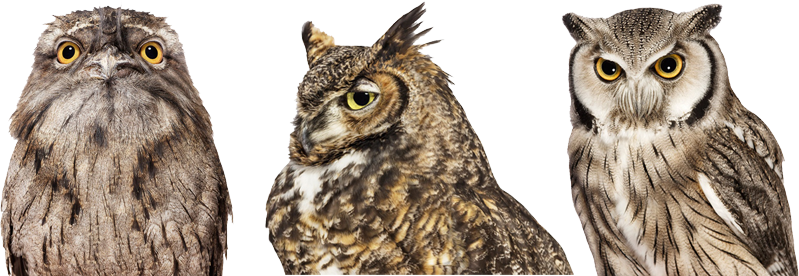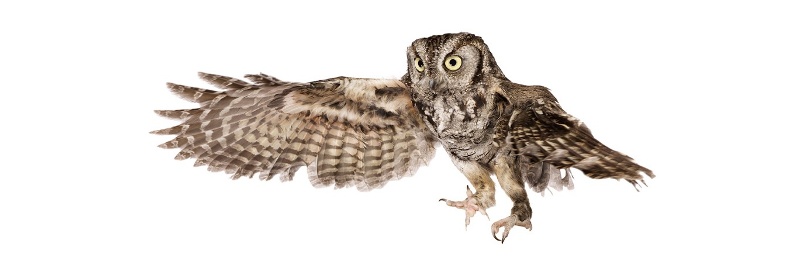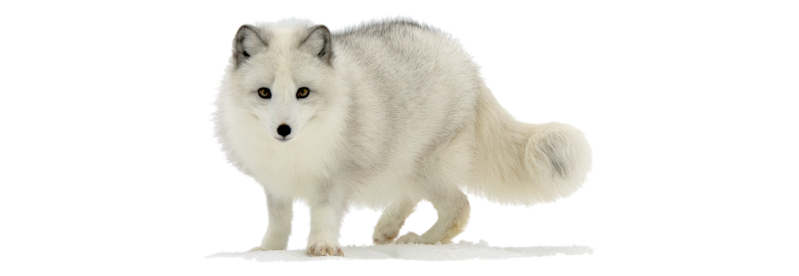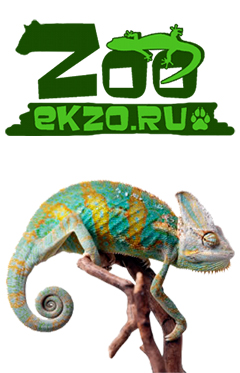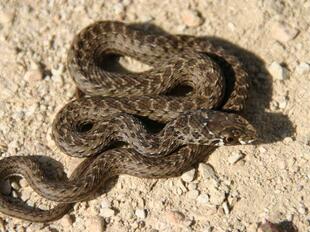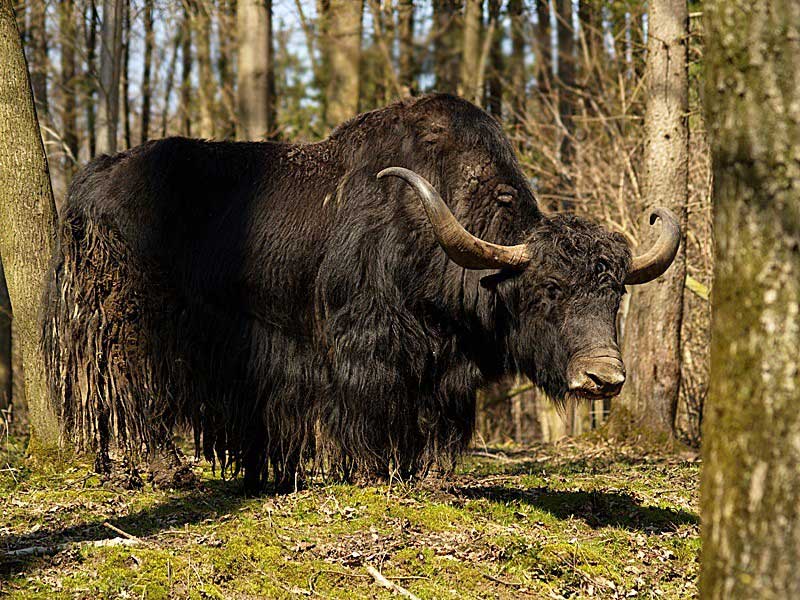
Yak(Poephagus grunniens, or Bos grunniens)
Phylum —chordata
Class — mammalia
Order — artiodactyla
Family — bovidae
Genus – bos
Appearance
Yaks are heavily built animals with a bulky frame, sturdy legs, rounded cloven hooves, and extremely dense, long fur that hangs down lower than the belly. While wild yaks are generally dark, blackish to brown in colouration, domestic yaks can be quite variable in colour, often having patches of rusty brown and cream. They have small ears and a wide forehead, with smooth horns that are generally dark in colour.
In males (bulls), the horns sweep out from the sides of the head, and then curve forward. They typically range from 48 to 99 cm (19 to 39 in) in length. The horns of females (cows) are smaller, only 27 to 64 cm (11 to 25 in) in length, and have a more upright shape.
Both sexes have a short neck with a pronounced hump over the shoulders, although this is larger and more visible in males.
Males weigh 350 to 585 kg (772 to 1,290 lb), females weigh 225 to 255 kg (496 to 562 lb). Wild yaks can be substantially heavier, bulls reaching weights of up to 1,000 kilograms (2,200 lb). Depending on the breed, domestic yak males are 111–138 centimeters (44–54 in) high at the withers, while females are 105–117 centimeters (41–46 in) high at the withers.
Both sexes have long shaggy hair with a dense woolly undercoat over the chest, flanks, and thighs to insulate them from the cold. Especially in bulls, this may form a long "skirt" that can reach the ground. The tail is long and horselike rather than tufted like the tails of cattle or bison. Domesticated yaks have a wide range of coat colours, with some individuals being white, grey, brown, roan or piebald. The udder in females and the scrotum in males are small and hairy, as protection against the cold.
Habitat
Wild yaks are found primarily in northern Tibet and western Qinghai (Northwestern China), with some populations extending into the southernmost parts of Xinjiang, and into Ladakh in India. Small, isolated populations are also found farther afield, primarily in western Tibet and eastern Qinghai.
Behavior
Wild yaks are social animals that live in herds. Their herds can contain several hundred individuals, although many are much smaller. Herds consist primarily of females and their young, with a smaller number of adult males.
Wild yaks are active during the day. On average females graze 100 m higher than males. Females with young tend to choose grazing ground on high, steep slopes. The remaining males are either solitary or gather in smaller groups, averaging around six individuals. Groups move into lower altitude ranges during the winter. Although wild yaks can become aggressive when defending young, or during the rut, they generally avoid humans and may flee for great distances if approached.
Diet
Yaks are herbivores. Their diet consists mainly of grasses and sedges. They also eat herbs, winterfat shrubs, and mosses, and occasionally lichen.
Reproduction
Yaks are polygynous; this means that males mate with more than one female in a single breeding season. They breed from July to September. Prior to mating, there is a period called "rut". During this time solitary males return to the herd and become highly competitive with each other. If several males return at the same time, fighting may occur, competing to be the dominant animal in the herd. Frightened or defeated males don't give up the competition, but leave for 2-3 days grazing and then return to fight again.
Females typically give birth once every other year to only one calf. The gestation period is between 257 to 270 days. Calves are born fully developed and are able to walk about ten minutes after being born. Weaning takes place at one year of age and calves become independent soon after. Young yaks become reproductively mature between 4 to 6 years of age.
In captivity
While yaks can generally be managed like cattle, they live longer—up to 30 years—and have slower growth rates. They’re also both browsers and grazers, while cattle are grazing-focused with minimal to no browsing.
Yaks have evolved to handle extreme environmental conditions, such as low temperatures and high altitude, but they can thrive in more temperate regions with proper care and management. In warmer regions, an open overhead shade will improve the comfort of the animal. In cooler areas, a shelter with two or more sides is adequate for surviving cold, wet and windy weather. Shelters also improve feed conversion and fiber production.
You can harvest quality fiber from yaks by implementing an aggressive pasture management plan, including removing burr-ridden invasive plants and increasing soil drainage. Diet management is vital to a fiber harvest, too—inadequate protein in the diet will have a negative impact on the fiber soundness, resulting in increased fragility and breaks, which causes the fibers to depreciate in value.
Yak nutritional management is similar to that of most other ruminants: good-quality hay, a clean source of water, and a cattle vitamin and mineral mix will suffice most of the time, while cattle growing or finishing rations will increase meat and milk production. For stocking rates, approximately three yaks are equal to one beef cow, and feed intake must be properly managed to reduce excessive weight gain on both idle and working yaks.
 Russian
Russian
 English
English








